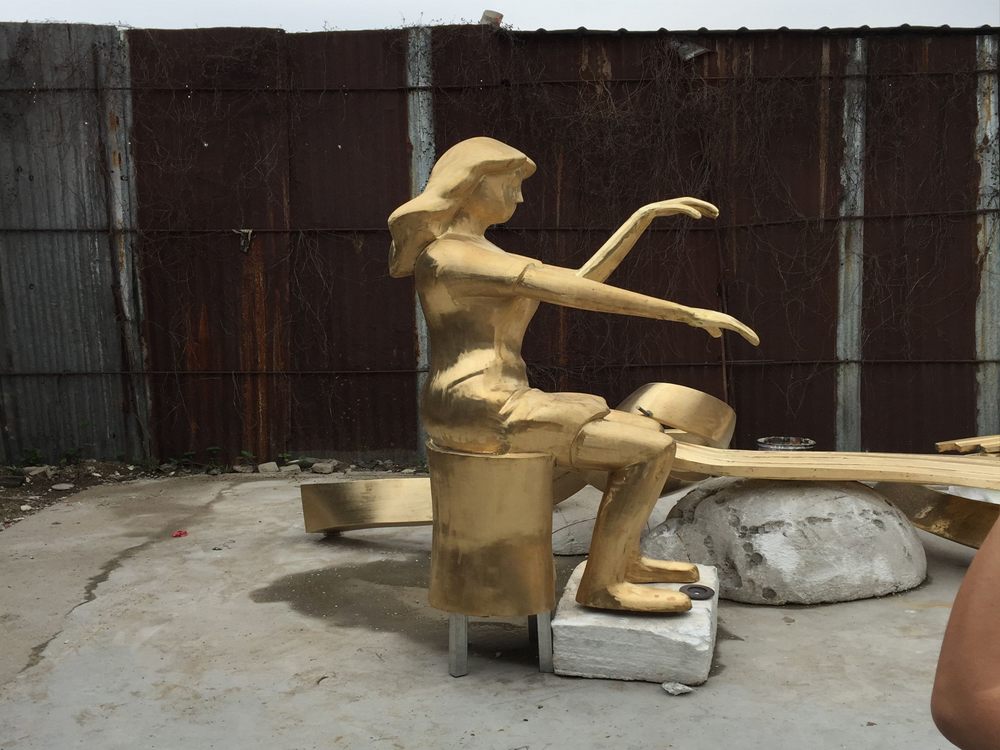
Bronze sculptures have long served as a visual chronicle of human history, encapsulating the social and political currents of their eras. Unlike fleeting media, these enduring artworks preserve the ideologies, conflicts, and aspirations of societies across centuries.
During the Renaissance, bronze statues glorified ruling elites and religious authority, such as Donatello's "Gattamelata," reinforcing hierarchical power structures. The 19th century saw sculptures like Rude's "La Marseillaise" on the Arc de Triomphe become symbols of revolutionary fervor, their dynamic forms echoing calls for liberty.
Modern political movements frequently employ bronze monuments as tools of propaganda or resistance. Soviet-era worker statues promoted communist ideals, while contemporary artists use bronze to memorialize marginalized voices - Kehinde Wiley's equestrian portraits subvert traditional power narratives by depicting Black subjects in heroic poses.
The material itself carries meaning: bronze's permanence suggests the lasting impact of social change, while its casting process - requiring collective effort - metaphorically represents societal transformation. From ancient victory monuments to today's memorials for civil rights leaders, bronze sculptures continue to shape and reflect our collective consciousness.
These artworks function as three-dimensional history books, their patinas accumulating layers of reinterpretation as societies evolve. Whether celebrating power or challenging it, bronze sculptures remain powerful witnesses to humanity's ongoing struggle for meaning and justice.

